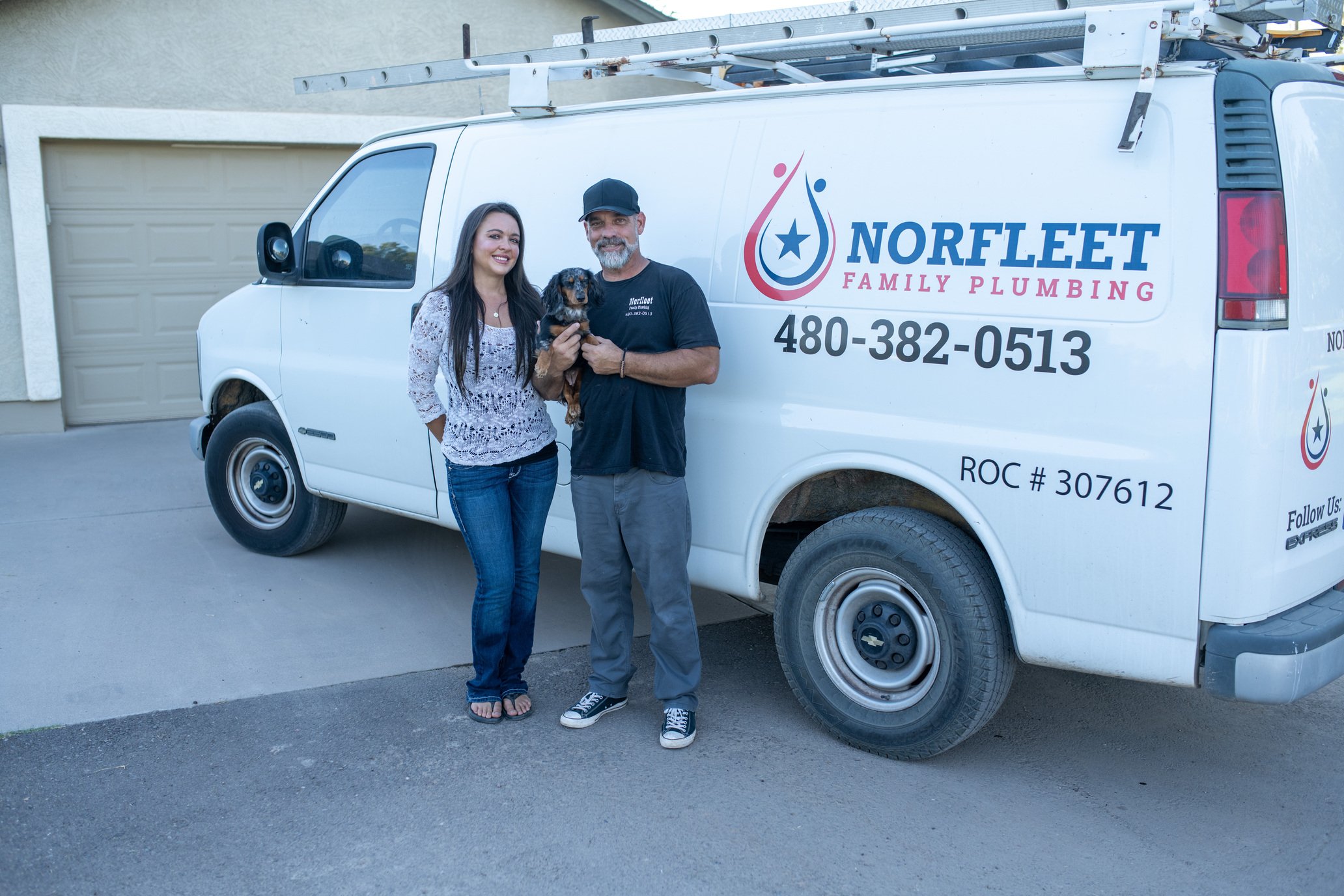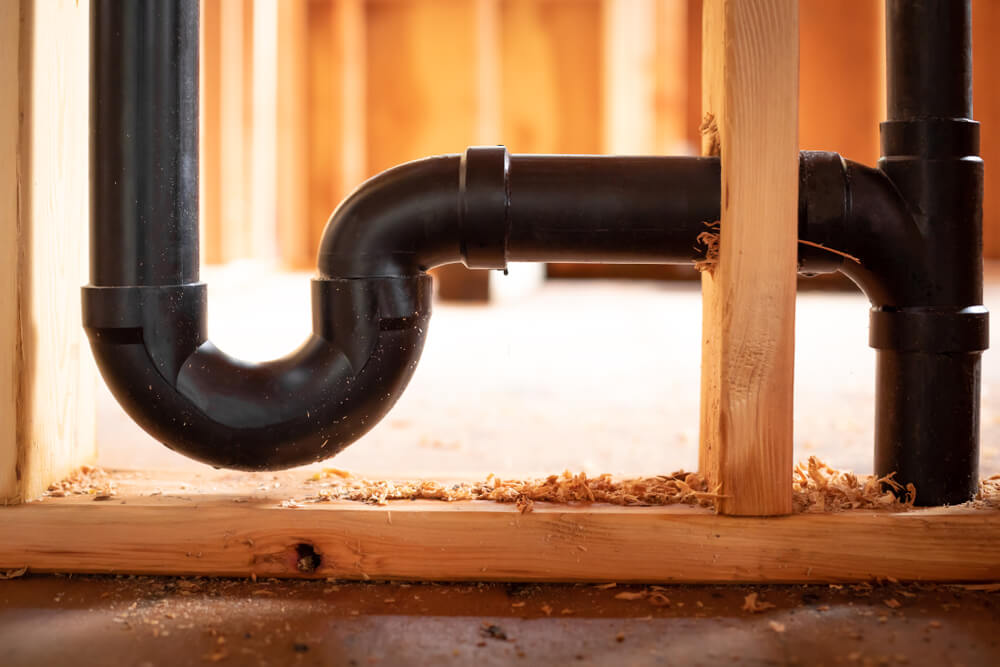The content underneath in relation to How Does the Plumbing Work in Your Home? is extremely attention-grabbing. Have a go and make your own personal conclusions.

Plumbing is an essential element of any home, responsible for supplying tidy water for alcohol consumption, food preparation, and showering, along with eliminating wastewater securely. Recognizing the basics of home plumbing is important for every single home owner to make sure proper maintenance, troubleshooting, and, if essential, repair work. In this beginner's guide, we'll cover the basic ideas of home plumbing to aid you become extra acquainted with just how it works.
Water Heating System
The water heater is in charge of heating water for residential usage, consisting of showering, food preparation, and cleaning. Typical sorts of hot water heater include tank-type water heaters, tankless (on-demand) water heaters, and heatpump water heaters. The hot water heater is connected to the supply of water system and provides warm water to plumbing fixtures as needed.
Water drainage System
The drainage system gets rid of wastewater from your home and lugs it away to a sewage treatment center or septic tank. It contains a network of pipes, installations, and fixtures that carry wastewater from plumbing fixtures to the primary sewage system line or septic tank. Appropriate drain is vital to prevent clogs, back-ups, and sewer leakages.
Air flow System
The air flow system assists keep correct atmospheric pressure and prevent sewer gases from entering your home. Vent pipes, also known as vent stacks, prolong from plumbing components to the roofing, enabling drain gases to get away securely outdoors. Ventilation pipes also allow air to enter the drain system, facilitating smooth wastewater flow and avoiding suction or vacuum impacts.
Water System System
The water supply system brings tidy water into your home from a community water resource or an exclusive well. It includes a main water line that attaches to your home's plumbing system, normally situated underground. A water meter determines the amount of water consumed, while a shut-off valve allows you to regulate the circulation of water right into your home.
Plumbing Components
Plumbing components are devices that provide water to numerous parts of your home and include sinks, taps, toilets, showers, bathtubs, and devices such as dishwashing machines and washing makers. Each component is attached to the water system system by means of pipes and fittings and might have its shut-off valve for maintenance or emergency situations.
Usual Plumbing Devices
Having the right tools handy is necessary for executing fundamental plumbing repair work and upkeep tasks. Usual plumbing devices include flexible wrenches, monkey wrench, pliers, pipeline cutters, hacksaws, plungers, augers (or drain snakes), and Teflon tape. Having these tools easily offered can aid you take on minor plumbing issues successfully.
Basic Plumbing Repair Work
While some plumbing repairs might require expert assistance, numerous common issues can be resolved with basic DIY strategies. Knowing just how to repair a dripping faucet, unblock a drainpipe, replace a bathroom flapper, or fix a dripping showerhead can conserve you time and money on plumbing repair work.
Verdict
Understanding the fundamentals of home plumbing is essential for each homeowner to preserve a risk-free, useful, and efficient plumbing system. By familiarizing yourself with the water system, plumbing fixtures, drain system, ventilation system, usual plumbing tools, and fundamental fixings, you can confidently attend to small plumbing issues and ensure your home's plumbing system operates smoothly.
Understanding Basics of Home Plumbing System: A Beginner's Guide
The Main Components of Your Home Plumbing System
The Water Supply System
This system is responsible for transporting fresh water into your home. It usually has a main water line that splits into two branches: one directed towards cold water services and the other connected to a water heater for hot water. The pressure is key here; it ensures water reaches all parts of your house.
The Drainage System
Once water has been used, it becomes wastewater that needs to be removed from your home. This is where the drainage system comes into play. It includes all the pipes that carry wastewater and sewage away from your house to sewage treatment facilities or septic tanks.
The Vent System
The vent system prevents sewer gases from entering your home and helps maintain the pressure balance that allows wastewater to flow out properly. These vents usually exit through the roof of your house.
Water Heating System
For those who enjoy hot showers or using hot water for cleaning, the water heater is a crucial part of the plumbing system. It can be a tankless system, which heats water on demand, or a traditional water tank model.
Common Plumbing Problems and Basic Troubleshooting
Plumbing systems, while designed to be durable, can face issues like clogged drains, leaky faucets, or low water pressure. Here are some basic troubleshooting tips:
Clogged Drains
Use a plunger or a plumber's snake to try and dislodge whatever is blocking the drain. Regular cleaning can prevent clogs.
Leaky Faucets
Often caused by worn-out washers or gaskets, these can usually be replaced by someone with basic DIY skills.
Low Water Pressure
This might be due to sediment build-up in your fixtures or a leak somewhere in your water line. Cleaning out aerators or seeking a professional to detect leaks might be necessary.
Preventive Maintenance Tips
Maintaining your plumbing system is key to avoiding emergencies. Regularly check for leaks, avoid disposing of grease down the sink, and have your system inspected by a professional plumber at least once a year.

I discovered that page on Plumbing Basics Every Homeowner Should Know while doing a search on the web. Do you know about another person who is looking into the topic? Be sure promote it. Thank you for being here. Revisit us soon.
Book